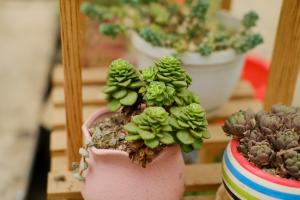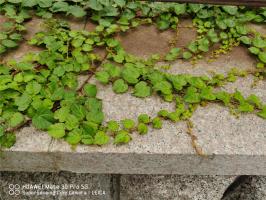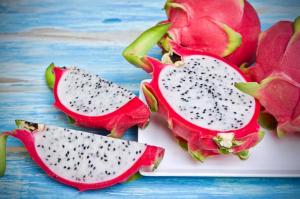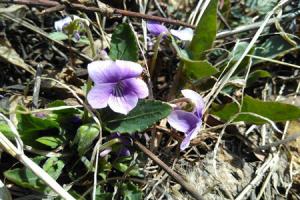First, nitrogen deficiency
The leaf color of the plant is yellow or even dry, the leaf is small, and the plant is thin. The stem is thin and broken, and the number of flowers is rare
Second, phosphorus deficiency
The leaf color is dark green and the growth is delayed. The veins of the lower leaves are yellowing, often purplish, especially on the petiole, and the leaves fall early. The flowers are small and few, the flower color is not good, and the fruit is poorly developed
Third, potassium deficiency
There are disease spots on the lower leaves, and withered parts often appear at the leaf tip and leaf edge. The yellowing part extends from the edge to the middle, then the edge part turns brown and shrinks downward, and finally the lower leaves and old leaves fall off

Fourth, magnesium deficiency
The lower leaves are yellowing, and withered spots often appear in the late stage. Yellowing occurs between the leaf veins, and the leaf veins are still green. The leaf edge bends upward or downward to form shrinkage. Withered spots often appear between the leaf veins in one day
Fifth, calcium deficiency
The tips and edges of young leaves are rotten, and the tips of young leaves often form hooks. The root system had died before the occurrence of the above disease. The terminal bud usually dies
Sixth, iron deficiency
The disease occurs in new leaves, with yellowing between leaf veins, and the leaf veins remain green. Disease spots do not often appear. In severe cases, the leaf edge and tip are dry, sometimes expand inward to form a large area, and only the large leaf veins remain green
Seventh, manganese deficiency
The disease occurs in new leaves. The disease spots usually appear and are distributed on the whole leaf surface. The very thin leaf veins remain green and form a fine network. The flowers are small and poorly colored


 how many times do yo...
how many times do yo... how many planted tre...
how many planted tre... how many pine trees ...
how many pine trees ... how many pecan trees...
how many pecan trees... how many plants comp...
how many plants comp... how many plants can ...
how many plants can ... how many plants and ...
how many plants and ... how many pepper plan...
how many pepper plan...
































